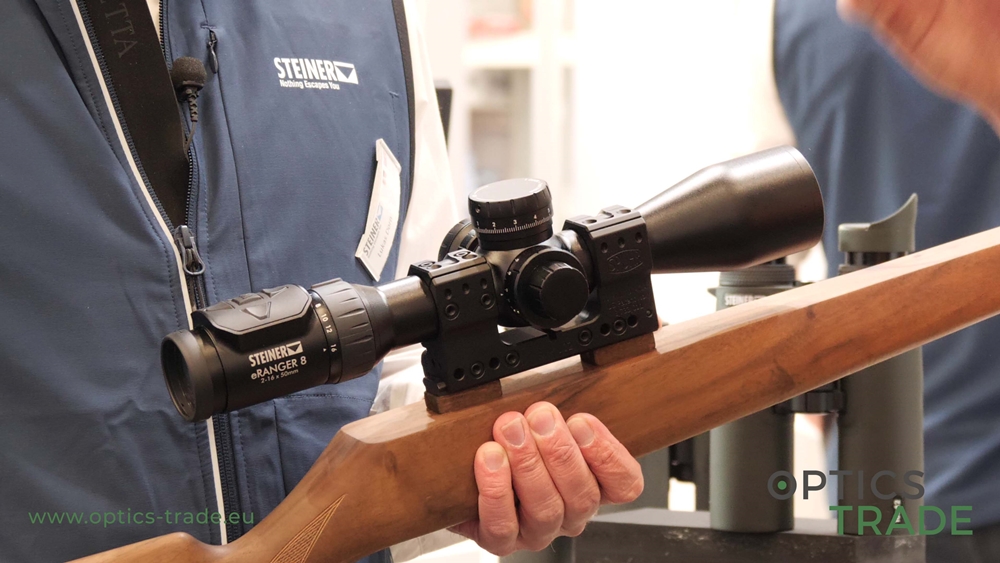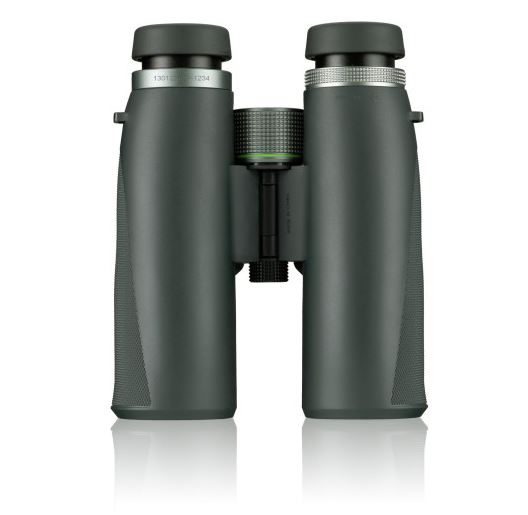Hello and welcome to another episode of Optics Trade Debates. We continue on our way through explaining the basic attributes of classic daytime binoculars that are available on our webpage. This particular episode will focus on birdwatching binoculars.
First, let’s focus on what kind of binoculars are best suited for birdwatchers. As far as the lens diametre is concerned, this should be from 36 millimetres to 44. The second criterion is the magnification. The power of magnification should be 8x or 10x (with every magnification power in between, of course, like 8.5x or 9x).
Note that binoculars with considerably bigger objective lens diametres (e.g. 46 or 56 millimetres) are low light binoculars. Since most observations of birds in nature are done during the daylight, there is no use for such heavy devices and powerful magnifications. Most birdwatchers carry binoculars attached to a strap around their neck. That’s just another reason as to why bigger binoculars are to be avoided.
The second example we used in the video is a pair of binoculars that utilize the Porro system of prisms. Porro prism binoculars are much bulkier in shape. That makes them harder to store than your regular, compact binoculars. Binoculars with this type of prisms tend to feature individual focusing on both oculars that is quite unnecessary for birdwatching application. This is why we only rarely include Porro binoculars in the birdwatching category on our webpage. It is advisable that you decide on a product that employs Roof prisms instead.
The same can be said for pocket-sized binoculars. This is the term used for binoculars with lens diametres of and below 26 millimetres. Birdwatching requires patience and extended periods of observations. Pocket binoculars are simply not comfortable enough to fit such task.
Then there are binoculars with a built-in laser rangefinder. Obviously, birdwatchers do not require the distance-measuring feature that sometimes compromises the optical performance. Not only that, but it would also needlessly spike up the price.
For novice birdwatchers, many binoculars will do as long as the focusing mechanism is reliable and precise enough. However, advanced enthusiasts are easily some of the most demanding customers in the optics industry. They truly care about the technological prowess and build quality of their equipment.
The premium optical experience is of paramount importance, which makes perfect sense since they are also the group of users that utilize their binoculars the most. We cannot think of any other people that could spend a comparable amount of time dedicated solely to observation through binocular lens.
The build quality matters since only top-notch binoculars are truly resistant to the wear and tear of such regular use.
What is more, birdwatching binoculars have to be particularly impervious to internal fogging of lens and water damage.
When it comes to design itself, we’ve noticed that the most advanced birdwatchers prefer the open-bridge design.
This should more than cover everything. Still, if you have any questions left don’t hesitate to email us or leave a comment down below. Please like and share this video if you found it useful. We would greatly appreciate it. For more videos like this one, subscribe to our Youtube channel and we’ll see you next time. Bye!
Products mentioned:
Birdwatching binoculars




